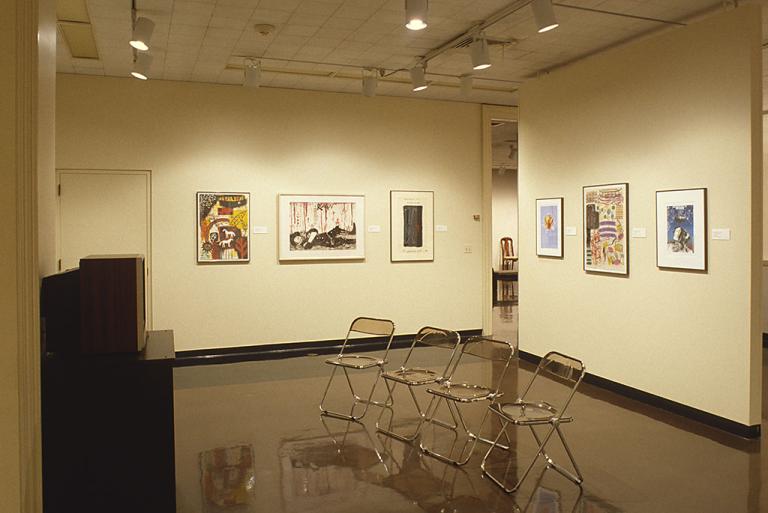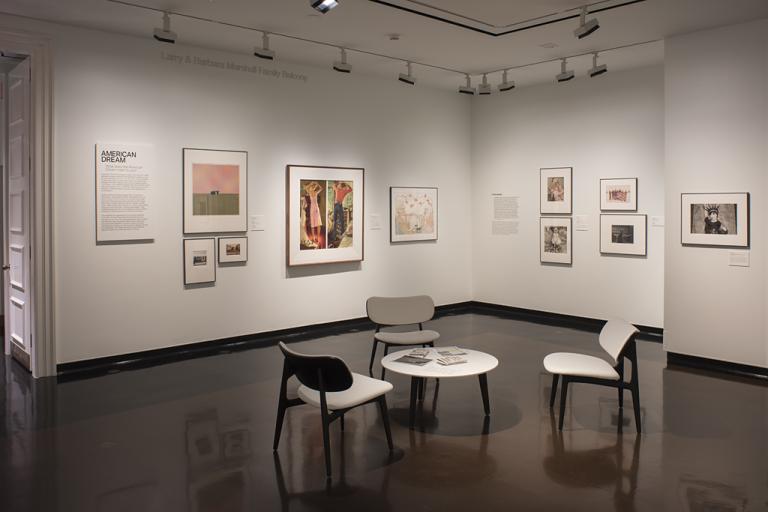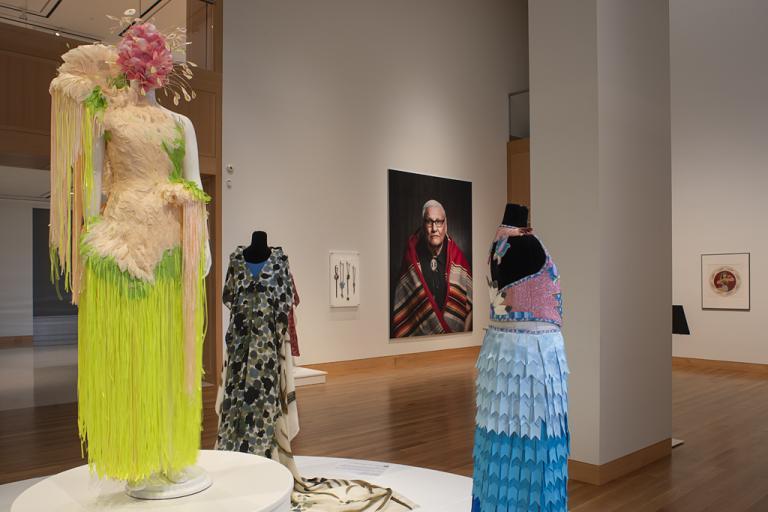Modern Times, Jaune Quick-to-See Smith
Artwork Overview
Jaune Quick-to-See Smith, artist
Cultural affiliations: Enrolled Salish, member of the Confederated Salish and Kootenai Nation of Montana, Cree, Salish, Shoshone, Interior Salish, Flathead
1940–2025
Modern Times,
1994
Where object was made: United States
Material/technique: color lithograph
Dimensions:
Object Height/Width/Depth (Height x Width x Depth): 765 x 573 mm
Object Height/Width/Depth (Height x Width x Depth): 30 1/8 x 22 9/16 in
Frame Dimensions (Height x Width x Depth): 36 1/4 x 30 1/4 x 1 in
Weight (Weight): 12 lbs
Object Height/Width/Depth (Height x Width x Depth): 765 x 573 mm
Object Height/Width/Depth (Height x Width x Depth): 30 1/8 x 22 9/16 in
Frame Dimensions (Height x Width x Depth): 36 1/4 x 30 1/4 x 1 in
Weight (Weight): 12 lbs
Credit line: Museum purchase
Accession number: 1994.0047
Not on display
If you wish to reproduce this image, please submit an image request








